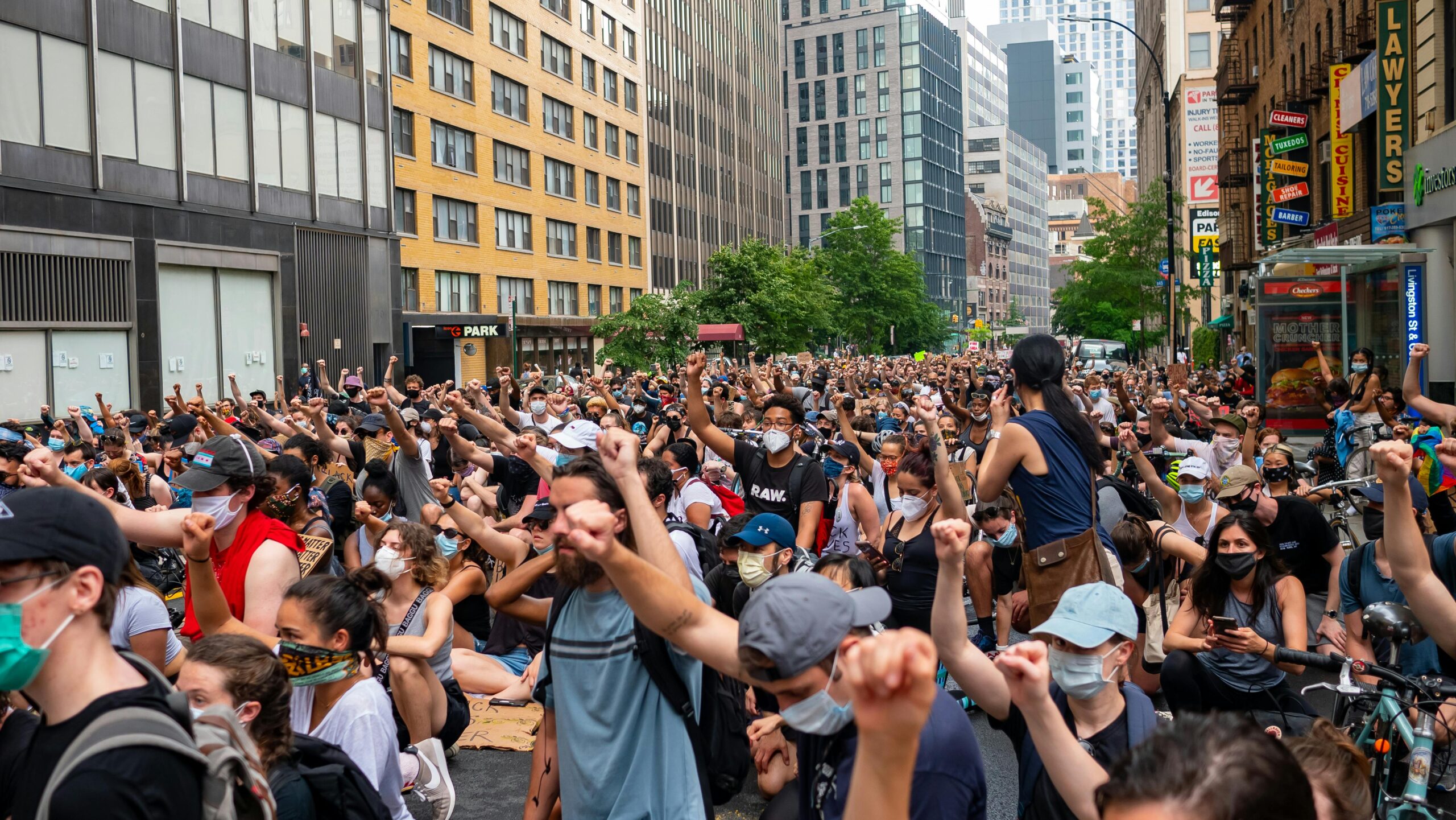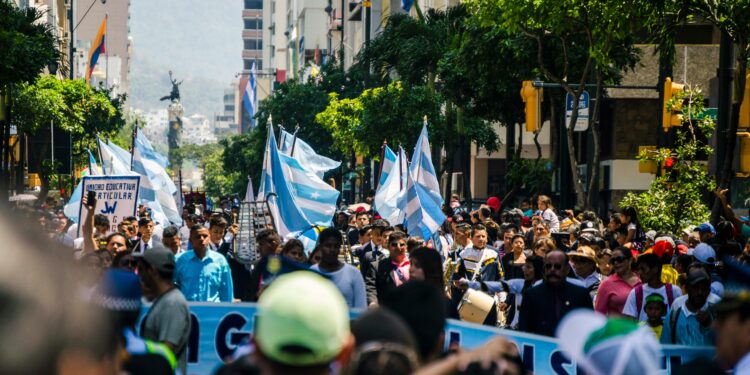Hundreds of thousands of Greeks took to the streets on Friday in nationwide demonstrations to mark the second anniversary of the country’s deadliest train crash.
The protests, which included a general strike, took a violent turn in Athens as protesters hurled petrol bombs and clashed with riot police. The 2023 crash, which killed 57 people, has now become a symbol of public anger over perceived government neglect of infrastructure and justice.
What to Know About The Train Crash That Shook Greece
On February 28, 2023, a passenger train filled with students collided with a freight train in central Greece, causing at least 57 deaths. The disaster has been described as a preventable tragedy, with several people blaming decades of underinvestment in the country’s rail infrastructure.

The protesters are also accusing the government of failing to hold those responsible accountable, with some calling the crash “murder” rather than an accident.
Athens Protests Turn Violent as Public Outrage Grows
In Athens, protesters gathered at Syntagma Square in front of parliament, where they spray-painted the names of the victims in red and chanted slogans like “Muderers” and “I Have No Oxygen”—the last words of a victim who called emergency services.
The demonstration began peacefully but escalated when hooded youths threw petrol bombs at police and attempted to storm parliament. Riot police then responded with tear gas and water cannons, leading to clashes that spread into surrounding neighborhoods.
How the 2025 General Strike Halted Activities in Greece
The protests coincided with a 24-hour general strike that grounded all international and domestic flights and disrupted public services. Air traffic controllers, seafarers, train drivers, doctors, lawyers, and teachers also joined the strike to honor the victims of the crash. Businesses were shut, and theaters canceled performances as the country came to a standstill.
A recent survey by Pulse pollsters revealed that 82% of Greeks consider the train disaster one of the most critical issues facing the country. Additionally, 66% of the people surveyed expressed dissatisfaction with the investigations into the crash.
Maria Karystianou, who lost her daughter in the crash and now heads a victims’ families association, told the crowd in Athens,
“Every day, the monster of corrupt power appears before us.”
Protesters carried signs and chanted messages honoring the victims, including “Text me when you get there”—a final message many victims received from their loved ones. One cardboard sign read, “Greece Kills Its Children,” reflecting the deep emotional toll of the tragedy. Litsa, a 45-year-old nurse, said, “We’re here because we’re parents… tomorrow it might be our children.”
Why It Matters
The protest is a real life example of what happens when individuals band together to demands for accountability and justice. As it stands, many Greeks are of the belief that the government has failed to address systemic issues in the country’s infrastructure and ensure such a tragedy never happens again. As the demonstrations mount, the pressure on the government to act grows stronger. It is only a matter of time before the government yields.

















